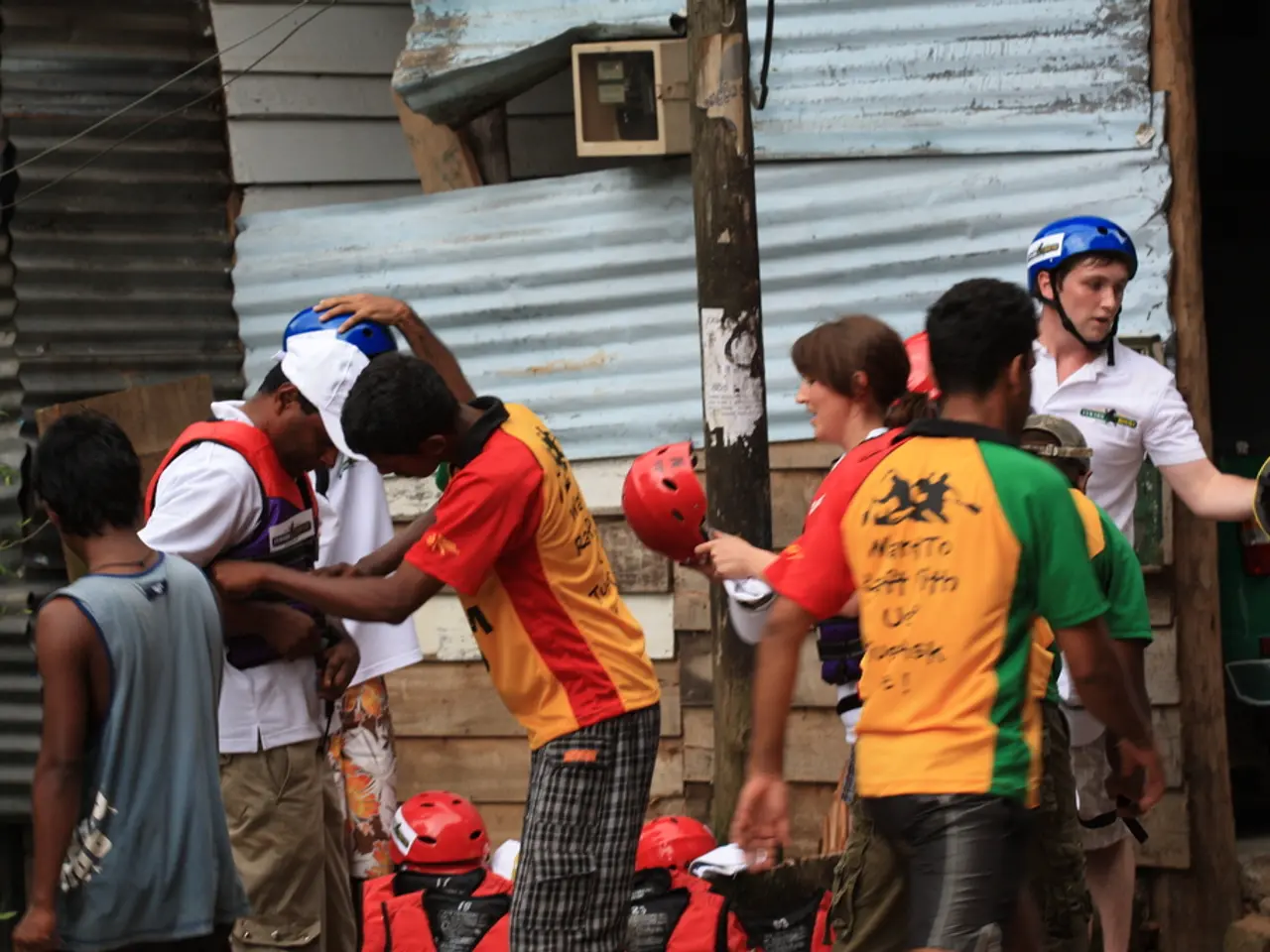Shingles Explained: Symptoms, Causes, Treatment Options, and When to Consult Medical Help
In the United States, there are approximately annual cases of shingles, a disease caused by the reactivation of the varicella-zoster virus (VZV) that affects people who have previously had chickenpox. Although there is no cure for shingles, treatments are available to manage symptoms and speed up recovery.
Antiviral Medications
The Food and Drug Administration has approved two shingles vaccines for adults aged 50 years and older: Zostavax and Shingrix. However, when it comes to treating active shingles, antiviral medications play a crucial role. The three main antiviral drugs used are valacyclovir, famciclovir, and acyclovir. Valacyclovir and famciclovir are preferred due to their dosing convenience (three times daily), while acyclovir requires five times daily dosing.
The typical course is 7 days for uncomplicated shingles; more severe or complicated cases may require longer treatment. Antivirals work best if started within 72 hours (3 days) of rash onset—ideally while new lesions are still forming—because effectiveness diminishes once lesions crust over. Benefits include faster recovery, reduced symptom severity, and lowered risk of complications such as postherpetic neuralgia (PHN). People over 50 and those with weakened immune systems benefit most from early antiviral treatment.
Pain Management
Over-the-counter pain relievers like ibuprofen, acetaminophen, or topical numbing agents such as lidocaine help manage mild to moderate pain. In severe cases, doctors may prescribe stronger painkillers or steroids, especially for PHN (chronic nerve pain following shingles).
Home Remedies and Supportive Care
Keeping the rash covered and avoiding scratching can prevent infection and spreading. Wearing loose-fitting clothing reduces irritation, and applying cool, damp cloths to blistered areas soothes itching and discomfort. Oatmeal baths may also relieve skin irritation. Maintaining rest and eating balanced meals supports the immune system. Avoiding stress and engaging in light exercise like walking or stretching, if tolerated, can aid in recovery.
Additional Considerations
Shingles is contagious to people who have not had chickenpox or the vaccine; covering the rash and good hygiene reduce spread. Shingles on the face requires immediate medical attention due to the risk of serious complications like blindness or brain involvement. Most shingles cases resolve in 3 to 5 weeks; blisters typically crust over in 7 to 10 days.
The American Academy of Dermatology recommends that a person with shingles receive treatment within 3 days for effective management. The Centers for Disease Control and Prevention recommends the newer Shingrix vaccine over Zostavax because it is more effective and provides longer-lasting protection.
People with weakened immune systems, such as those with leukemia, lymphoma, HIV, or those taking immunosuppressive medications, have a higher risk of developing shingles. Complications of shingles can include vasculopathy (inflammation of the blood vessels), meningitis (an infection of the membranes lining the brain and spinal cord), blisters in or around the eyes, hearing loss or balance problems, Ramsay Hunt syndrome (which involves a rash on the ear or mouth and muscle weakness in one side of the face), long-lasting pain known as postherpetic neuralgia, temporary or permanent vision loss, and even stroke.
In summary, the cornerstone of shingles treatment is early initiation of antiviral medication within 72 hours of symptom onset, complemented by pain relief and supportive home care to manage symptoms and minimize complications.
- Antiviral medications, such as valacyclovir, famciclovir, and acyclovir, are essential for treating active shingles, working best when started within 72 hours of the rash onset.
- Shingles, caused by the reactivation of the varicella-zoster virus, is a medical-condition that affects people who have previously had chickenpox, and it can lead to chronic diseases like postherpetic neuralgia.
- Skin care is vital during shingles, with covering the rash, avoiding scratching, and maintaining good hygiene being essential to prevent infection and the spreading of the condition.
- CBD may be beneficial for managing mental-health related issues, like stress, which can aid in recovery from shingles, but more scientific research is needed to confirm its effectiveness.
- In the realm of health-and-wellness, it's crucial to eat balanced meals, get enough rest, and engage in light exercise if tolerated, as these practices support the immune system and aid in overall recovery.




